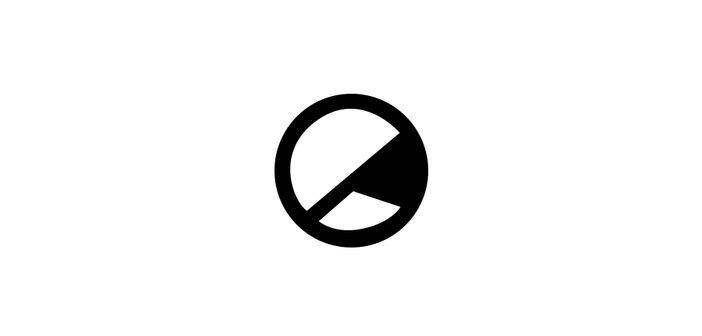Channel 4’s new comedy is the first of its kind in accurately portraying everyday life during the Northern Irish Troubles.
-
8
Derry Girls exploded onto our screens on Thursday 4th January alongside a storm of glowing reviews and enthusiastic tweets. It combines all the elements of a stereotypical coming-of-age teenage drama – mischief, romance, friends – and places them in the conflict-ridden city of Derry (“or Londonderry if you’re of that persuasion” as main character Erin puts it) during the Northern Irish troubles. The comedy focuses on the lives of four teenage girls – Erin (Saoirse-Monica Jackson), Orla (Louise Harland), Clare (Nicola Coughlan) and the Michelle (Jamie Lee O’Donnell) – as they attend a Catholic school. Filled with teenage drama and biting humour, the show offers a fresh perspective on daily life during the troubles.
Non-Irish viewers of the show will immediately be struck by the infamous Derry accent, as it clearly has not been watered down for the GB audience. It’s one of the thickest accents in Northern Ireland, and apparently caused some difficulty with several of the non-native Derry actors. The accent also entails a wide variety of slang words, causing Channel 4 to issue a slang dictionary shortly before the premier, featuring classics such as “wain” (child/young person), “ride” (attractive person) and “head melter” (annoying person).
The show is a hotbed of 90s nostalgia. A fabulous soundtrack, notably fittingly featuring The Cranberries’ “Dreams”, that transports you back in time. Retro pop culture references include Erin’s poster of The Cranberries, Michelle’s first viewing of Pulp Fiction and (if you spotted it) Sister Michael’s signed shirtless photo of Daniel O’Donnell.
The pilot episode featured many memorable and hilarious moments, such as a dead kleptomaniac nun and a “wee Ethiopian fella from Ballybofey”. The traditional Northern Irish humour is very much present throughout the show; sharp and snappy with a good deal of sarcasm, a reflection of a culture where people take no nonsense and mean what they say. Nothing is immune from this razor-sharp humour, not even the Troubles themselves, with many quips about the conflict sprinkled throughout the show. The main characters’ relatable humour and teenage angst mean that they soon feel like old friends. Fans already appear to have a favourite in Michelle, the loud and foul-mouthed cousin of the “wee English fella”, who appears to be overshadowing the main character Erin, as her over-the-top attitude makes her rather obnoxious at times.
The most striking thing about Derry Girls however, is its expert blend of the troubles of teenage life with the actual Troubles going on in 1990s Northern Ireland. Things such as the bomb on the bridge and the school bus being stopped at army checkpoints were everyday occurrences and the matter-of-fact way they are approached in the pilot episode shows this. Derry Girls is one of the most accurate depictions of what life was actually like for normal people during the Troubles; life went on. Police checks, detentions, bomb scares, homework- all were an expected part of being a teenager in Derry, or anywhere in Northern Ireland for that matter. Previous TV shows situated in Derry have only focused on one aspect of life during the Troubles, which inspired writer Lisa McGee to portray it in a different light saying “Someone needs to show the other side of it – that these people are funny. You never got to see that side of Northern Ireland.”
An overwhelming response from Northern Irish Twitter, including many women sharing photos of themselves in Derry school uniforms in the 90s, shows just how much a fun and positive representation of Troubles-era Derry means to the local people. In a time when Northern Ireland is just as misunderstood as ever, Derry Girls offers a humorous insight into its history and culture, which is relatable to Northern Irish viewers and enlightening for others.
Missed Derry Girls? It’s now available on All 4.



